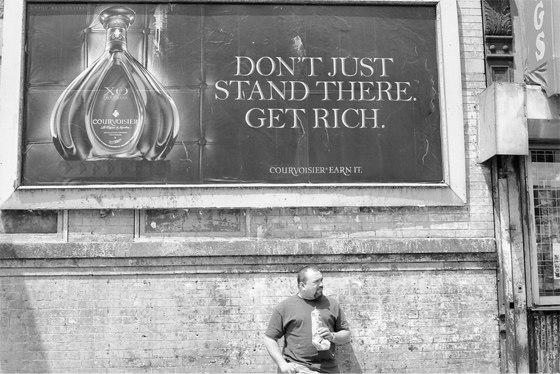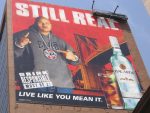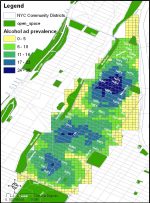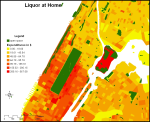Past Project
Project REACH

Project REACH (Racism, Environment, and Alcohol in Central Harlem) was a study funded by the Department of Defense’s Breast Cancer Research Program. Alcohol intake is a modifiable risk factor for breast cancer (unlike, family history, for example), so the factors that are associated with drinking alcohol are important for African American women’s health. Research shows that Black neighborhoods bear a disproportionate burden of both alcohol advertisements and liquor stores. We investigated individual-level factors and built environment determinants of alcohol intake among African American women in Central Harlem, New York City. We found that perceptions of personally- mediated racism and exposure to outdoor advertisements for alcohol were both associated with drinking patterns suggestive of abuse or dependence on alcohol. We also found that 43% of alcohol ads fell within 500 ft. of a school, contrary to outdoor marketers purported self-regulation not to market in close proximity to areas where youth congregate.
First, we found a high prevalence of outdoor ad spaces throughout the neighborhood (and Ft. Greene/Clinton Hill—neighborhoods with higher incomes—had equally high exposure). As reported in other studies, outdoor alcohol advertising was dense in Central Harlem (although we did not compare prevalence to predominantly White neighborhoods). A clear mismatch exists between alcohol consumption among African Americans and the prevalence of marketing for alcoholic beverages. For example these two maps show the average exposure to alcohol ads in Central Harlem in 2006, and the amount of expenditures on liquor for products to be consumed at home. Expenditures are highest in the very affluent, predominantly White Upper East and West Sides of Manhattan; but that’s not where all the advertising is.
Some examples of the kinds of alcohol ads we saw are here:
1. Remy (be true to yourself)
This photo was taken at the busy subway entrance at 125th & St. Nicholas, a major stop serving four (A, B, C, and D) train lines. The street corner is very busy with pedestrian traffic, making the ad highly visible to people of all ages. The call to be “true to yourself” suggests that the liquor confers cultural and self-authenticity.
2. Courvoisier (upgrade)
Ads for the “extra old” (XO) line of cognac relied on a number of insidious messages. One was the use of alcohol as a means to attain higher social/class status, or at least to perform a lifestyle that may otherwise be out of reach. Note that this bottle retails for about $140, and is being marked in a neighborhood where the median household income was about $19,000 (2000 Census). Also, note that this 8-sheet ad space is a revolving door of alcohol; this is the same space where the Remy ad (Be true to yourself) appeared.
3. Tanqueray (Ready to Tanqueray? and wallscape ad)
Varied formats, one making a big bottle of liquor in the sky the most visually prominent feature in the neighborhood; the other positioning gin as a means for African American men to realize upscale, racial border-crossing hipster status.
More photos appear in the slideshow. They were taken by Tammy Lee (Columbia Mailman School of Public Health MPH ’06) and Naa Oyo Kwate in the summer of 2005.



